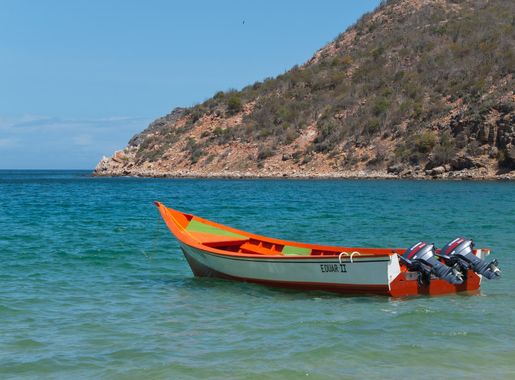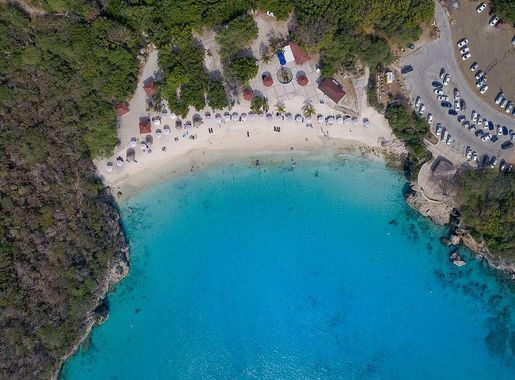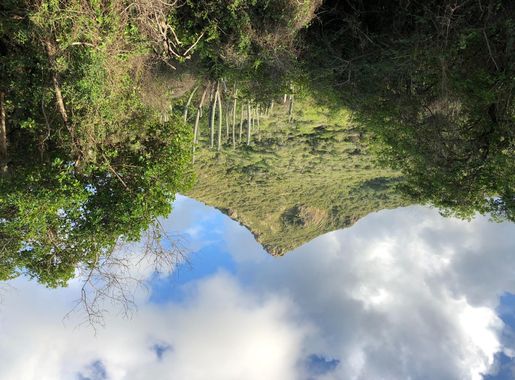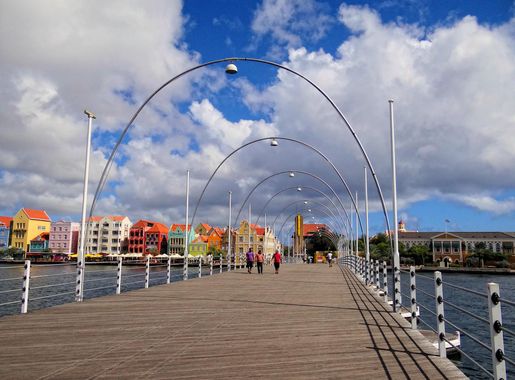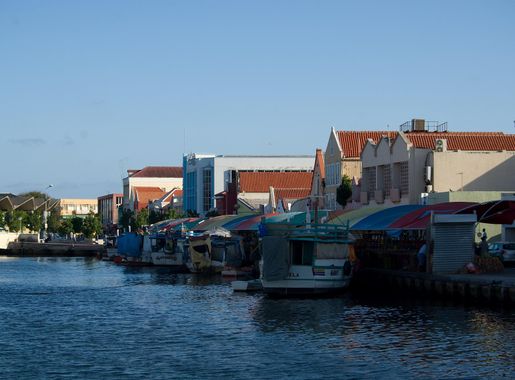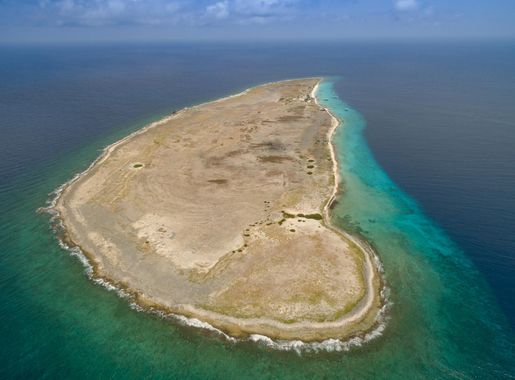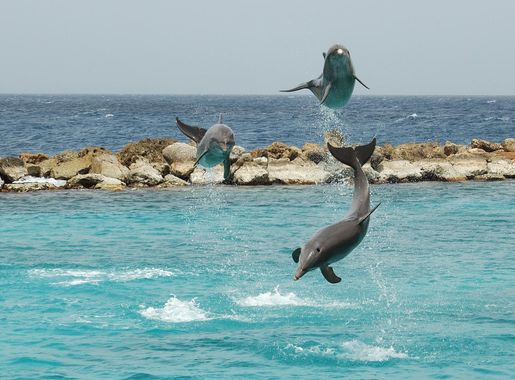
Playa Manzalina: A Hidden Gem in Curacao
Discover Playa Manzalina, a serene and picturesque beach in Curacao, perfect for swimming, snorkeling, and escaping the crowds.
Playa Manzalina is a secluded beach located on the beautiful island of Curacao. Known for its crystal-clear waters and soft white sands, it is the perfect spot for anyone looking to escape the hustle and bustle of more crowded tourist locations. This beach is surrounded by lush greenery and rocky cliffs, providing a stunning backdrop for a day of relaxation. The calm waters make it an ideal spot for swimming and snorkeling, allowing visitors to explore the vibrant marine life just below the surface. Whether you're a seasoned snorkeler or a first-timer, the underwater world at Playa Manzalina will leave you in awe. While Playa Manzalina is less commercialized than other beaches in Curacao, its untouched beauty and tranquil atmosphere are what make it truly special. Pack a picnic, bring your snorkeling gear, and spend the day basking in the sun or exploring the surrounding nature trails. Don't forget to capture some photos of the breathtaking views to remember your visit by.
Local tips in Playa Manzalina
- Bring your own food and drinks as there are no restaurants or shops nearby.
- Don't forget your snorkeling gear to explore the vibrant marine life.
- Visit early in the morning to enjoy the beach in peace before other visitors arrive.
- Wear reef-safe sunscreen to protect the environment while enjoying the sun.
- Take a short hike along the trails to discover even more beautiful viewpoints.
Playa Manzalina: A Hidden Gem in Curacao
Playa Manzalina is a secluded beach located on the beautiful island of Curacao. Known for its crystal-clear waters and soft white sands, it is the perfect spot for anyone looking to escape the hustle and bustle of more crowded tourist locations. This beach is surrounded by lush greenery and rocky cliffs, providing a stunning backdrop for a day of relaxation. The calm waters make it an ideal spot for swimming and snorkeling, allowing visitors to explore the vibrant marine life just below the surface. Whether you're a seasoned snorkeler or a first-timer, the underwater world at Playa Manzalina will leave you in awe. While Playa Manzalina is less commercialized than other beaches in Curacao, its untouched beauty and tranquil atmosphere are what make it truly special. Pack a picnic, bring your snorkeling gear, and spend the day basking in the sun or exploring the surrounding nature trails. Don't forget to capture some photos of the breathtaking views to remember your visit by.
When is the best time to go to Playa Manzalina?
Iconic landmarks you can’t miss
Cas Abao Beach
Discover the enchanting beauty of Cas Abao Beach, a tropical haven in Curaçao that offers pristine sands, vibrant marine life, and unforgettable sunsets.
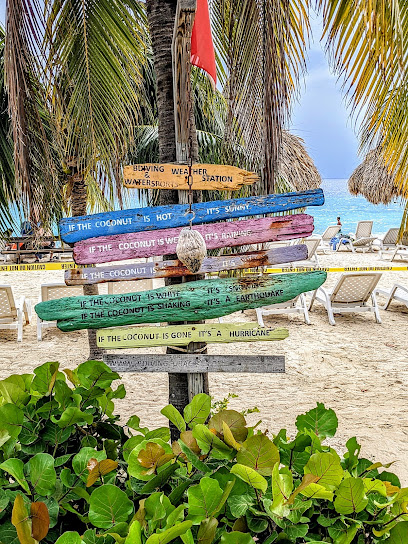
Flamingos
Experience the breathtaking beauty of Flamingos in Curaçao, a premier birdwatching destination featuring stunning wildlife and picturesque landscapes.
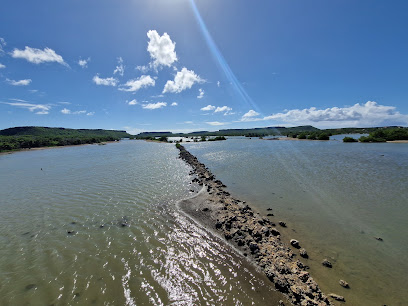
Santa Martha Bay View Lookout Point
Discover stunning views of Santa Martha Bay at this breathtaking lookout point in Curaçao, a must-visit for all nature lovers and photographers.
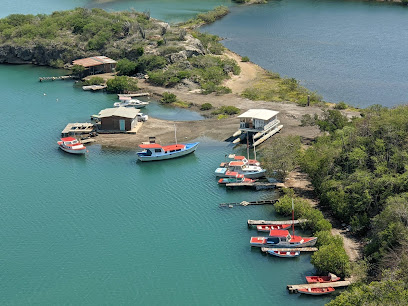
Manor Knip
Experience the historical allure and stunning vistas at Manor Knip, a heritage gem in Curaçao showcasing rich culture and breathtaking scenery.
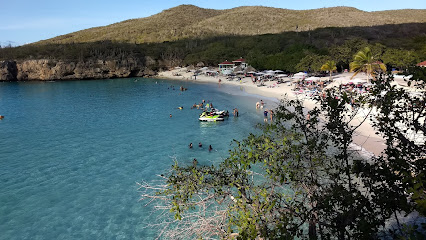
Kas di pal'i maishi - Kunuku House
Explore the rich cultural heritage of Curaçao at Kas di pal'i maishi, a captivating museum showcasing traditional life and island history.
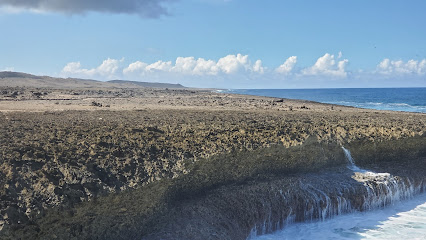
Forti Boka Sami
Discover the rich flavors of Curaçao at Forti Boka Sami, where local cuisine meets breathtaking views in Sint Michiel.
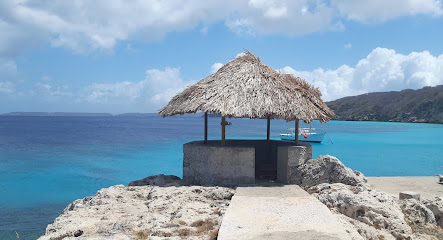
Playa Manzaliña
Experience the serene beauty of Playa Manzalina, a stunning beach in Curaçao known for its golden sands and vibrant marine life.
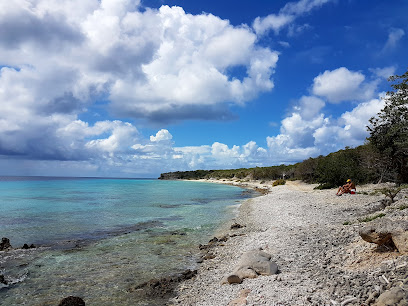
Playa Largu
Playa Largu: Experience the Beauty of Curaçao's Golden Sands and Crystal Clear Waters in a Tranquil Beach Paradise.
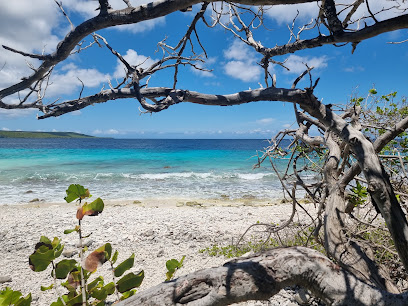
Playa Shon Mosa
Experience the breathtaking beauty of Playa Shon Mosa, a serene beach in Curaçao perfect for relaxation, snorkeling, and unforgettable sunsets.
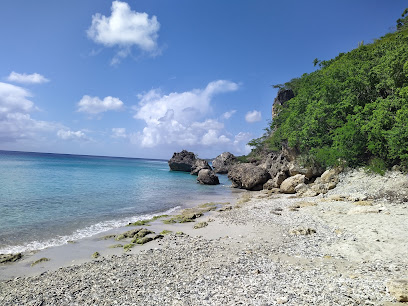
Landhuis San Juan
Immerse yourself in the rich history of Landhuis San Juan, a stunning heritage building in Curaçao surrounded by lush gardens and cultural charm.
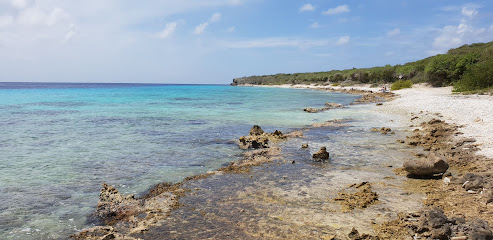
Fort Piscadera
Explore the historic Fort Piscadera in Curaçao, where rich history meets stunning Caribbean views, perfect for travelers seeking culture and beauty.

Unmissable attractions to see
Curaçao Sea Aquarium
Explore the vibrant marine life at Curaçao Sea Aquarium, where education meets adventure in a stunning Caribbean setting.
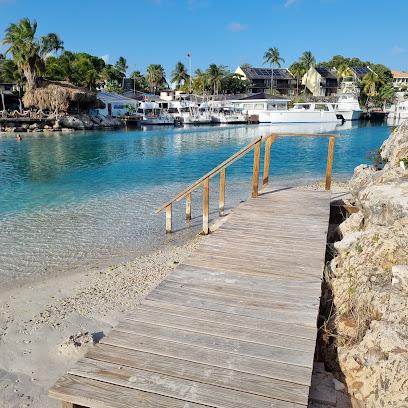
Mermaid Boat Trips Curacao
Experience the breathtaking beauty of Curaçao's coastline with unforgettable boat trips featuring stunning views, snorkeling adventures, and cultural insights.
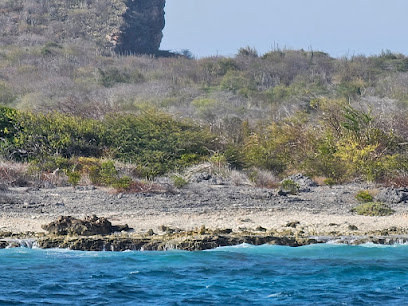
Mangrove Beach Resort swing
Discover the stunning Mangrove Beach Resort Swing in Willemstad, Curaçao, where adventure meets relaxation amidst breathtaking natural beauty.
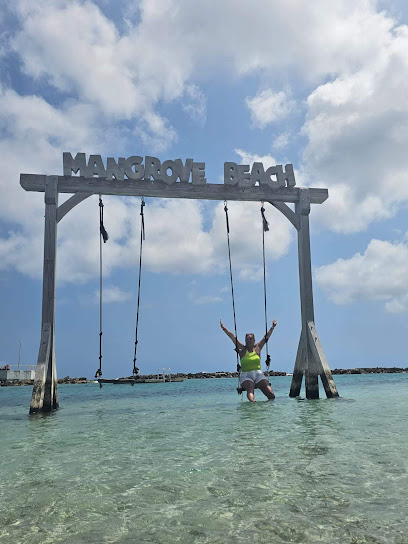
Dolphin Academy Curacao
Experience unforgettable dolphin interactions at Dolphin Academy Curacao, a premier marine attraction offering education and conservation in a stunning setting.
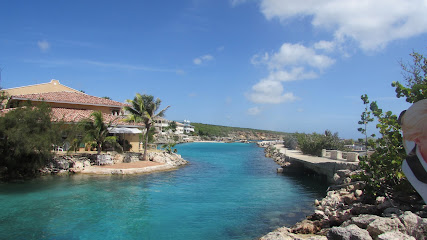
Boka Wandomi
Explore the stunning natural beauty of Boka Wandomi in Curaçao, a top destination for snorkeling, relaxation, and breathtaking sunsets.

Marie Pampoen Beach
Experience the serene beauty and vibrant culture at Marie Pampoen Beach in Willemstad, Curaçao, a perfect getaway for relaxation and adventure.
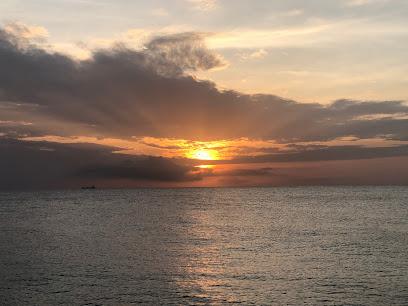
Den Paradera Herb Garden Curaçao by Dinah Veeris
Explore Den Paradera Herb Garden, a serene oasis in Willemstad, Curaçao, showcasing over 400 herbs and offering insights into local culture and cuisine.
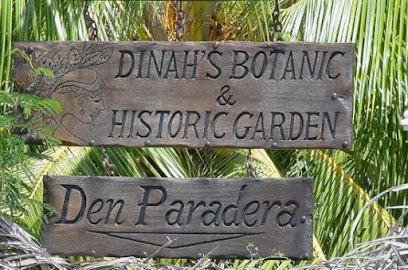
Duikcentrum van de Ven
Discover the underwater wonders of Curaçao at Duikcentrum van de Ven, your top destination for diving adventures and marine exploration.
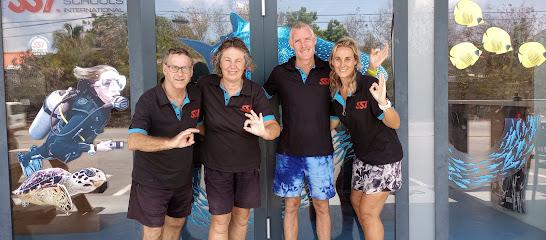
Tugboat Bar
Discover Tugboat Bar in Willemstad, Curaçao – a vibrant bar by the sea offering delicious cocktails and stunning sunset views, perfect for relaxation and socializing.
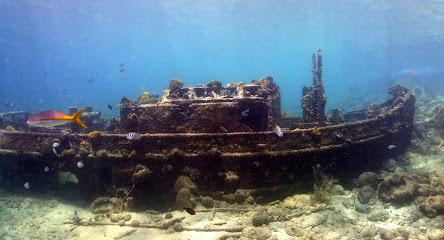
Playa Kanoa
Experience the breathtaking beauty of Playa Kanoa, a serene beach in Curaçao known for its soft sands and crystal-clear waters, ideal for relaxation and adventure.
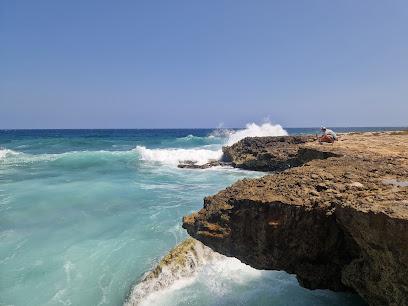
Playa Manzaliña
Experience the breathtaking serenity of Playa Manzalina, a stunning beach in Curaçao perfect for relaxation and snorkeling adventures.
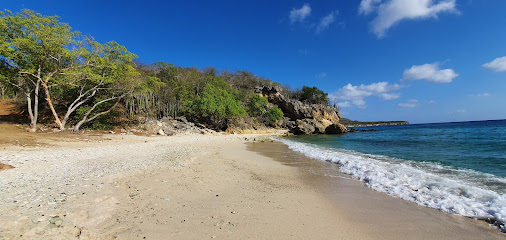
Dushi Diving
Discover the underwater treasures of Curaçao with Dushi Diving, a premier diving center offering unforgettable aquatic adventures for all levels.
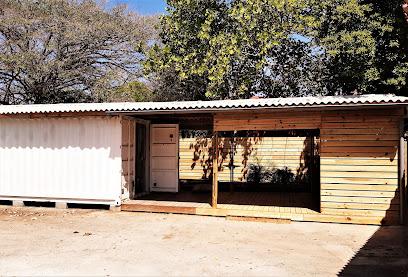
Playa Largu
Experience the tranquil beauty of Playa Largu in Willemstad, Curaçao, where crystal-clear waters and soft sands await beach lovers and adventurers alike.
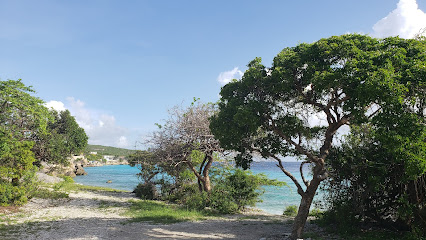
Street Art Skalo
Discover the colorful world of street art at Scharlooweg in Willemstad, Curaçao - a vibrant open-air museum celebrating creativity and cultural heritage.
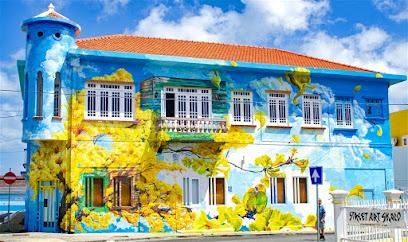
Three o'clock romance mural
Explore the stunning Three O'Clock Romance Mural in Willemstad, Curaçao, a vibrant representation of love and local culture, perfect for memorable photos.
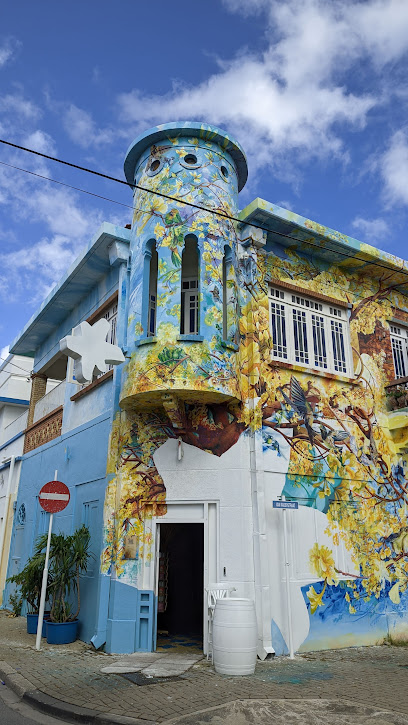
Essential places to dine
Pirate Bay Curaçao Beach Club and Restaurant
Experience Caribbean bliss at Pirate Bay Curaçao Beach Club - where culinary delights meet breathtaking ocean views.
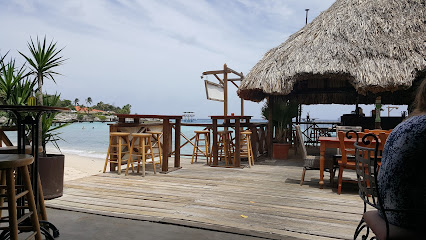
Karakter Beach - Lounge - Restaurant
Discover Karakter Beach in Curaçao: A vibrant restaurant and lounge offering exquisite dining with breathtaking ocean views for an unforgettable island experience.
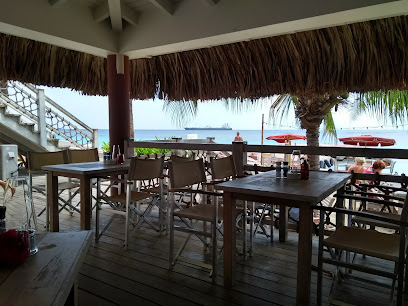
Restaurant Playa Forti
Discover delightful Caribbean cuisine with stunning ocean views at Restaurant Playa Forti in Sabana Westpunt, Curaçao.
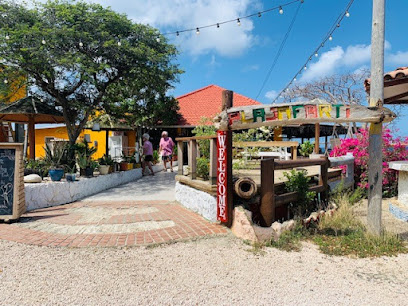
Shelterrock Paradise
Discover Shelterrock Paradise: where delicious cuisine meets lively entertainment in beautiful Curaçao.
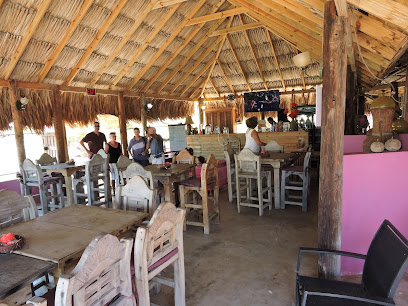
Bahia Beach Bar & Restaurant
Experience culinary delights at Bahia Beach Bar & Restaurant with stunning ocean views and vibrant Caribbean flavors.
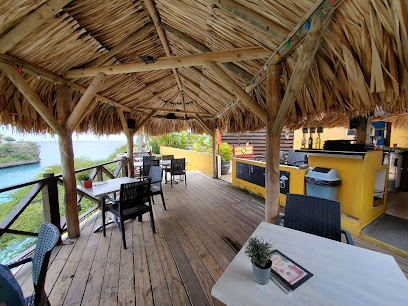
Landhuis Daniel restaurant
Experience authentic Caribbean flavors at Landhuis Daniel, a hidden gem in Curaçao with delightful dishes and enchanting ambiance.

Koraal Rooftop Terrace
Experience breathtaking views and delightful cuisine at Koraal Rooftop Terrace in Curaçao—a perfect blend of relaxation and vibrancy.
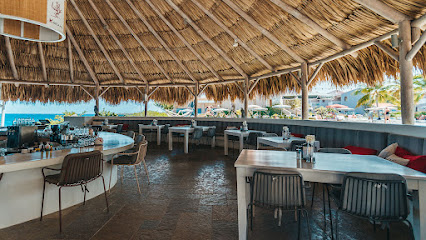
Bistro e lanternu
Discover exquisite flavors at Bistro e Lanternu in Bisento, Curaçao—where fresh ingredients meet warm hospitality.
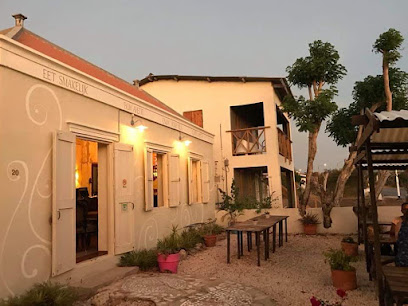
Coast Beach Restaurant @ Blue Bay Curaçao Golf & Beach Resort
Experience exquisite dining with eclectic flavors at Coast Beach Restaurant in Blue Bay Curaçao Golf & Beach Resort, overlooking pristine Caribbean waters.
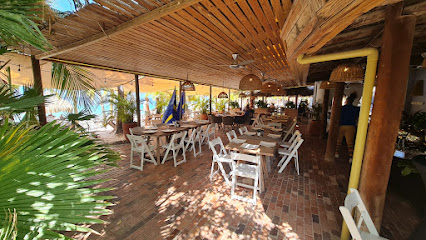
Restaurant X
Experience authentic Caribbean cuisine at Restaurant X in Sint Michiel, Curaçao - where every dish tells a story of local flavor.
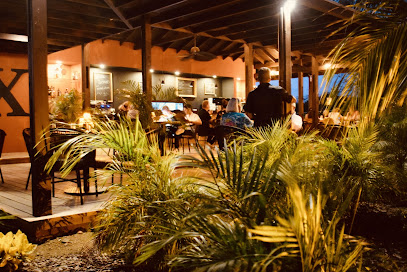
The Best Smoothie in Curacao
Indulge in refreshing smoothies at The Best Smoothie in Curacao - your tropical getaway for vibrant flavors and unforgettable experiences.
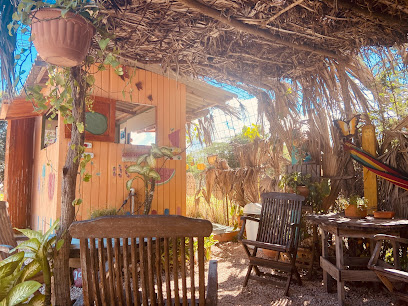
Brass Boer Curaçao
Discover exquisite Caribbean flavors at Brass Boer Curaçao, where culinary artistry meets stunning ocean views.
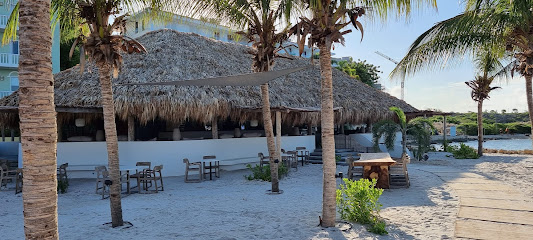
Lemongrass @ Blue Bay Curaçao Golf & Beach Resort
Discover culinary delights at Lemongrass in Blue Bay Curaçao, where local flavors meet stunning Caribbean views for an unforgettable dining experience.
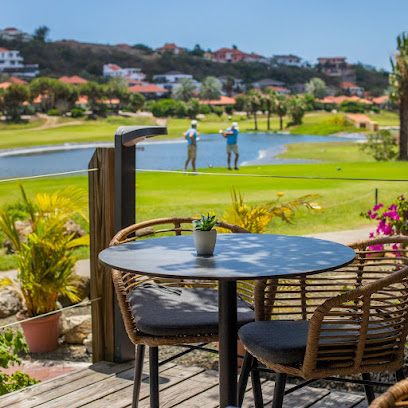
Cool running jerk center
Savor authentic Jamaican flavors at Cool Running Jerk Center in Willemstad, where every dish tells a story of Caribbean heritage.
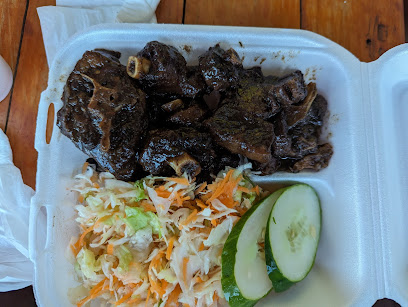
Nyny's Foodcorner
Experience the vibrant flavors of Curaçao at Nyny's Foodcorner - your go-to spot for pizza, sandwiches, and fresh juices.
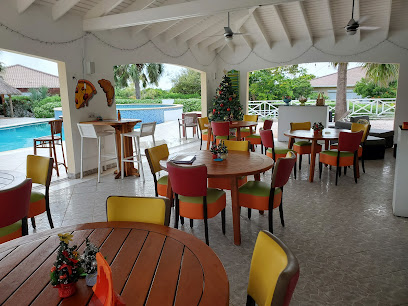
Markets, malls and hidden boutiques
Sambil Curacao
Explore Sambil Curacao, the ultimate shopping destination featuring diverse retail stores, dining experiences, and entertainment options for every visitor.
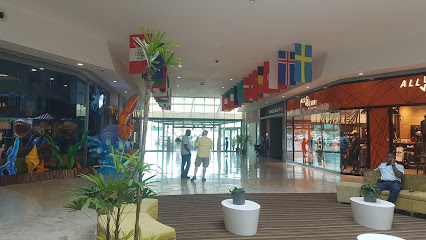
La Curacao
Discover La Curacao in Willemstad, the ultimate destination for shopping, local culture, and great deals on a wide range of products.
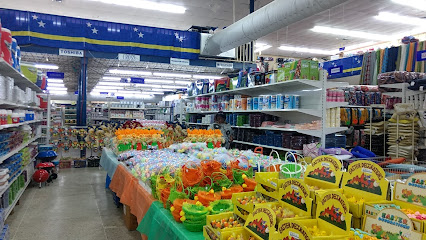
Playa Manzaliña
Experience the serene beauty of Playa Manzaliña, a hidden beach paradise in Curaçao, perfect for relaxation and natural exploration.
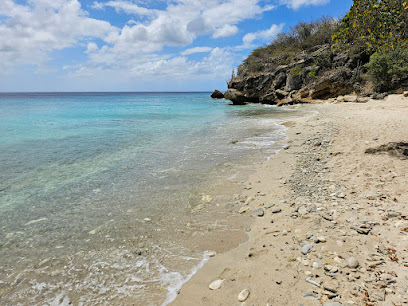
Chichi Shop Punda
Discover the vibrant essence of Curaçao at Chichi Shop Punda, your go-to destination for unique souvenirs and local crafts in Willemstad.
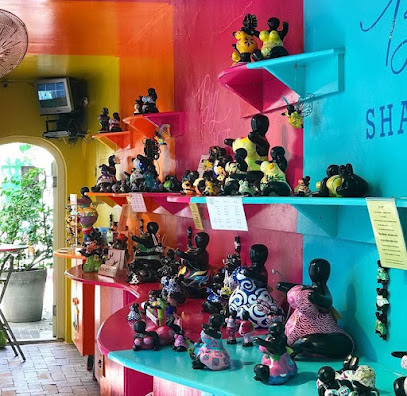
Sweetheart Curacao
Explore Sweetheart Curacao, a toy store paradise in Willemstad, offering a wide range of toys that spark creativity and joy for children of all ages.
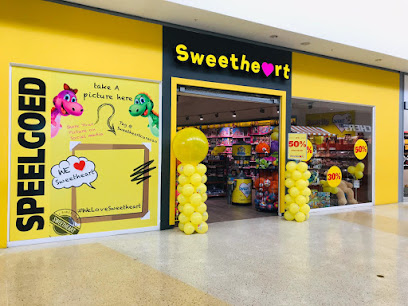
New Soto Minimarket
Explore the vibrant flavors of Curaçao at New Soto Minimarket, your local stop for fresh produce and authentic island snacks.
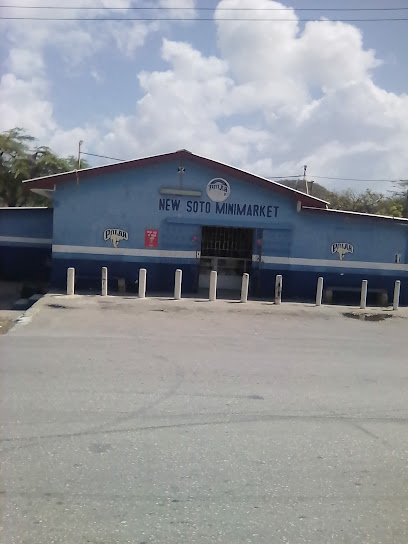
Concept Store by Sea & Sand
Explore the vibrant world of local crafts and unique finds at Concept Store by Sea & Sand in stunning Willemstad, Curaçao.
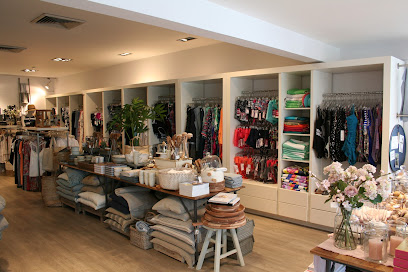
Jolly Fashion by Prakash
Discover a vibrant shopping experience at Jolly Fashion by Prakash, where style meets island charm in the heart of Willemstad, Curaçao.

Island Treasures
Explore a world of unique crafts and gifts at Island Treasures, Willemstad's premier souvenir store, celebrating the spirit of Curaçao.
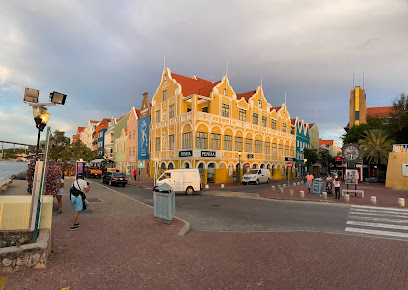
I love Curacao #The hidden beauty of the Caribbean
Explore vibrant crafts and authentic souvenirs at Curacao's beloved treasure store, perfect for capturing the island's unique spirit.
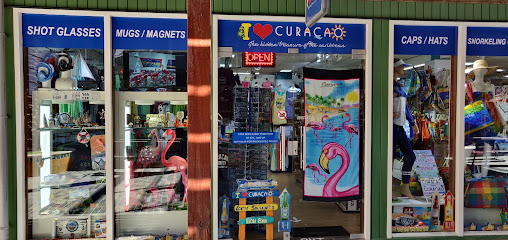
Britt Shop
Discover the vibrant spirit of Curaçao at Britt Shop, your go-to destination for unique souvenirs and local treasures at the airport.
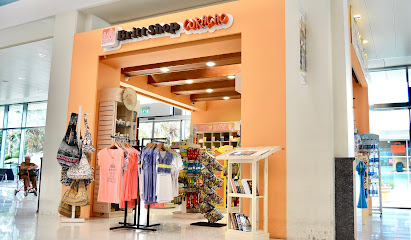
Unique point
Explore a stylish men's clothing boutique in Willemstad, offering curated fashion reflecting the vibrant spirit of Curaçao.
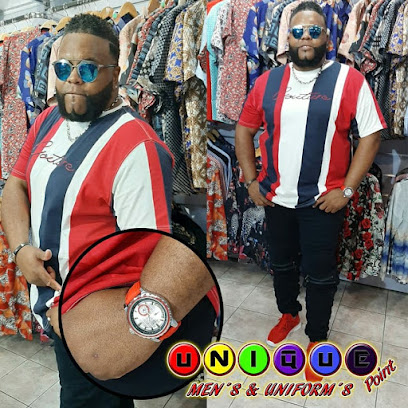
AURA FASHION
Discover chic women's fashion at AURA FASHION in Willemstad, showcasing stylish apparel that combines local culture and contemporary trends.
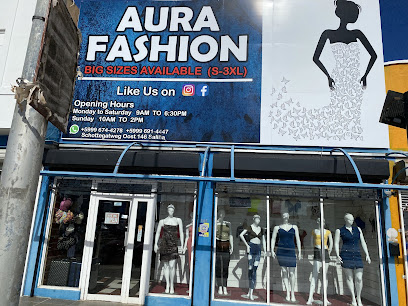
Dolce Vita Boutique
Experience the vibrant fashion of Curacao at Dolce Vita Boutique, where local style meets exquisite craftsmanship in the heart of Willemstad.

Memories Curacao
Shop for authentic souvenirs at Memories Curacao, where local craftsmanship meets vibrant culture in the heart of Willemstad.
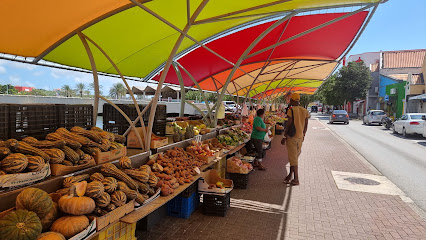
Essential bars & hidden hideouts
Daaibooi Beach Bar
Experience the vibrant atmosphere of Daaibooi Beach Bar, where sun, sea, and refreshing drinks create unforgettable memories in Curaçao.
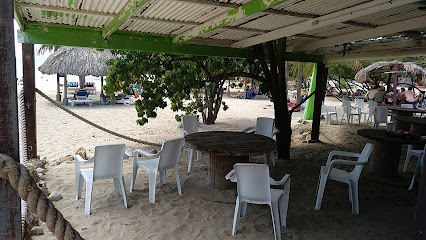
Shelterrock Paradise
Experience the vibrant culinary delight of Shelterrock Paradise in Curaçao, where exquisite cuisine meets lively entertainment.
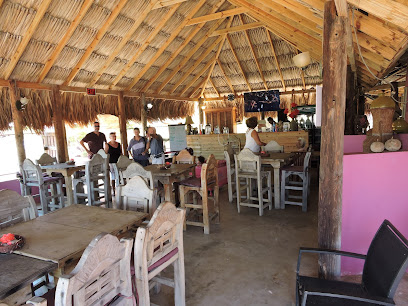
Netto Bar
Experience the vibrant nightlife of Willemstad at Netto Bar, where handcrafted cocktails and local culture come together in a cozy atmosphere.
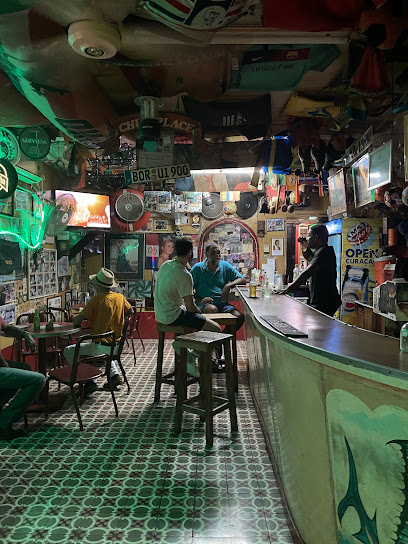
Koraal Rooftop Terrace
Experience the breathtaking views and exquisite cuisine at Koraal Rooftop Terrace, a premier dining spot in beautiful Curaçao.
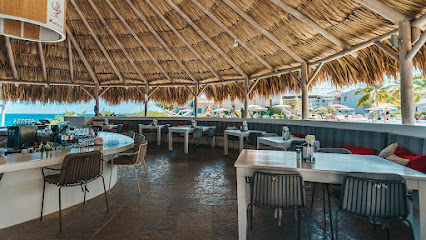
Mojitos & Bites
Experience the vibrant flavors of Curaçao at Mojitos & Bites, where delicious food and refreshing cocktails meet a lively sports bar atmosphere.
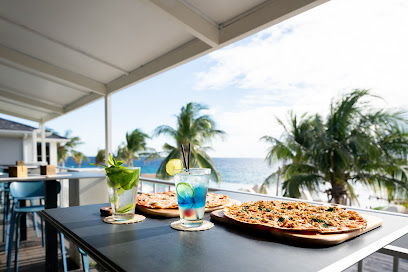
Schooner Bar
Discover the vibrant flavors of Schooner Bar in Willemstad, Curaçao, where delicious small plates and refreshing cocktails await in a tropical paradise.
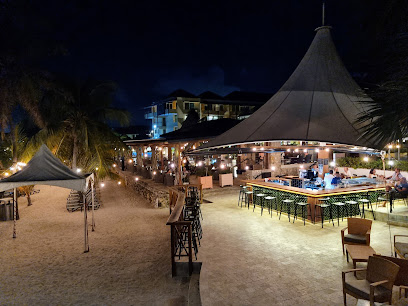
La Fogata Terrace & Sports Bar
Discover the vibrant flavors of the Caribbean at La Fogata Terrace & Sports Bar, where great food meets a lively atmosphere in Willemstad.
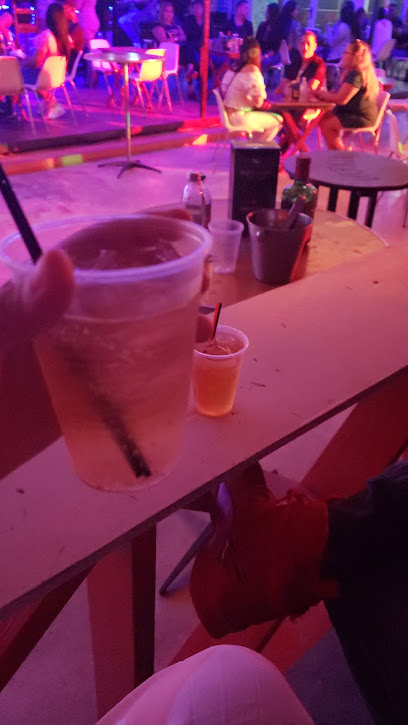
The World Best Mojito Bar
Experience the best mojitos in the heart of Willemstad, where Caribbean flavors meet vibrant nightlife and unforgettable memories.
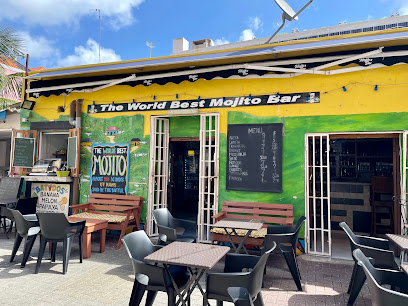
Blend Beach Bar @ Blue Bay Curaçao Golf & Beach Resort
Experience the essence of Caribbean relaxation at Blend Beach Bar, where delicious drinks meet stunning ocean views in Curaçao.
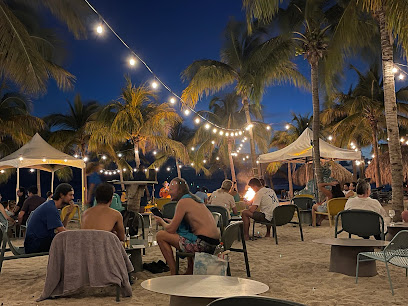
The Hills
Experience the vibrant nightlife and local culture at The Hills, a must-visit bar and lodging destination in Willemstad, Curaçao.
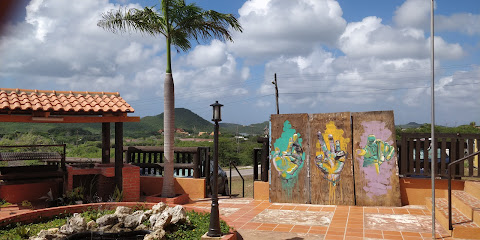
Infinity Pool Bar & Grill
Experience the vibrant flavors and stunning views at Infinity Pool Bar & Grill in Willemstad, Curaçao - a true culinary gem.
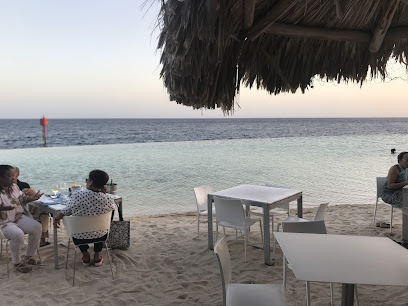
Flamingo Beach Bar
Discover the vibrant atmosphere and stunning views at Flamingo Beach Bar in Willemstad, the perfect spot for relaxation and enjoyment.

Coco Pool Bar
Discover the vibrant atmosphere of Coco Pool Bar in Willemstad, where tropical drinks and relaxation meet Caribbean charm.
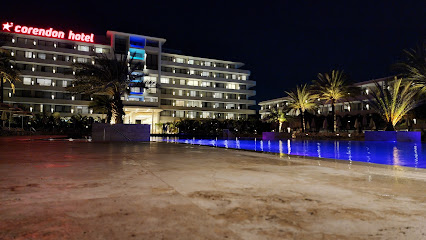
Tabú Bar & Bites Curacao
Discover vivid cocktails and mouthwatering bites at Tabú Bar & Bites in Curacao, a vibrant hotspot for unforgettable nightlife experiences.
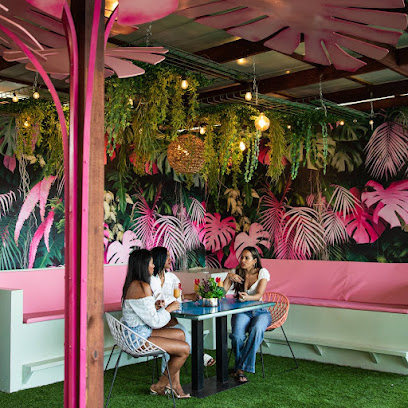
Porto Mari restaurant & bar
Experience the vibrant flavors of Caribbean cuisine and refreshing cocktails at Porto Mari Restaurant & Bar in the heart of Curaçao.
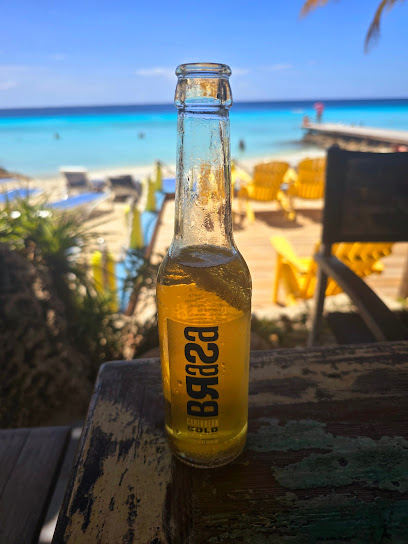
Local Phrases about Playa Manzalina
-
- HelloBon dia
[bon dee-a] - GoodbyeAyo
[ah-yo] - YesSi
[see] - NoNo
[noh] - Please/You're welcomePor fabor
[por fah-bor] - Thank youDanki
[dahn-kee] - Excuse me/SorryPardon
[par-don] - How are you?Kon ta bai?
[kohn tah by] - Fine. And you?Bon. I boso?
[bon. ee boh-soh?] - Do you speak English?Bo ta papia Ingles?
[boh tah pah-pee-ah een-gless?] - I don't understandMi no ta comprende
[mee noh tah kohm-prehn-deh]
- HelloBon dia
-
- I'd like to see the menu, pleaseMi ke mira e menu, por fabor
[mee keh mee-rah eh meh-noo, por fah-bor] - I don't eat meatMi no kome karni
[mee noh koh-meh kahr-nee] - Cheers!Salud!
[sah-lood] - I would like to pay, pleaseMi ke paga, por fabor
[mee keh pah-gah, por fah-bor]
- I'd like to see the menu, pleaseMi ke mira e menu, por fabor
-
- Help!Yudami!
[yoo-dah-mee] - Go away!Bai bai!
[by-by] - Call the Police!Yama polis!
[yah-mah poh-lees] - Call a doctor!Yama un dòkter!
[yah-mah oon dohk-tehr] - I'm lostMi a keda perdi
[mee ah keh-dah pehr-dee] - I'm illMi ta malu
[mee tah mah-loo]
- Help!Yudami!
-
- I'd like to buy...Mi ke kumpra...
[mee keh koom-prah] - I'm just lookingMi ta mira solamente
[mee tah mee-rah soh-lah-men-teh] - How much is it?Kuantu e ta costa?
[kwahn-too eh tah koh-stah?] - That's too expensiveEsaki ta muchu karu
[eh-sah-kee tah moo-choo kah-roo] - Can you lower the price?Bo por baha e preis?
[boh por bah-hah eh preys?]
- I'd like to buy...Mi ke kumpra...
-
- What time is it?Kuantu ora e ta?
[kwahn-too oh-rah eh tah?] - It's one o'clockE ta un ora
[eh tah oon oh-rah] - Half past (10)Mitad di dies
[mee-tahd dee dees] - MorningMardugá
[mar-doo-gah] - AfternoonAtardi
[ah-tar-dee] - EveningAnochi
[ah-noh-chee] - YesterdayAyera
[ah-yeh-rah] - TodayAwe
[ah-weh] - TomorrowMañana
[mah-nyah-nah] - 1Un
[oon] - 2Dos
[dohs] - 3Tres
[trehs] - 4Kuater
[kwah-ter] - 5Sinku
[seen-koo] - 6Seis
[says] - 7Siete
[syeh-teh] - 8Ocho
[oh-choh] - 9Nuebe
[nweh-beh] - 10Dies
[dees]
- What time is it?Kuantu ora e ta?
-
- Where's a/the...?Unda tin un/e...
[oon-dah teen oon/eh...] - What's the address?Kuadre esakinan?
[kwah-dreh eh-sah-kee-nahn] - Can you show me (on the map)?Bo por mustra mi (riba e mapa)?
[boh por moos-trah mee (ree-bah eh mah-pah)] - When's the next (bus)?Kuantu tempu ta bini e siguiente (bus)?
[kwahn-too tehm-poo tah bee-nee eh see-gwee-en-teh (boos)] - A ticket (to ....)Un biaha (pa ....)
[oon byah-hah (pah)]
- Where's a/the...?Unda tin un/e...
History of Playa Manzalina
-
Before European colonization, the area now known as Playa Manzalina was inhabited by the Arawak people. These indigenous inhabitants lived off the land and sea, utilizing the natural resources available to them. They left behind petroglyphs and artifacts that provide insights into their culture and way of life.
-
In 1499, Spanish explorers, led by Alonso de Ojeda, arrived in Curacao. The Spanish initially named the island 'Isla de los Gigantes' due to the tall stature of the Arawak people. Playa Manzalina, like the rest of the island, came under Spanish control, and the indigenous population was largely displaced or assimilated.
-
In 1634, the Dutch West India Company captured Curacao from the Spanish. The Dutch established the island as a center for trade and commerce. Playa Manzalina became an important location for the Dutch, who utilized its natural harbor for shipping and trade activities.
-
During the 17th and 18th centuries, Curacao, including Playa Manzalina, became integral to the transatlantic slave trade. Enslaved Africans were brought to the island to work on plantations. The remnants of these plantations and their impact on the local culture and economy can still be observed today.
-
During World War II, Curacao played a strategic role due to its oil refineries, which supplied fuel to the Allied forces. Playa Manzalina was part of the island's defensive infrastructure. Coastal defenses were established to protect the island from potential Axis attacks.
-
After World War II, Curacao, including Playa Manzalina, experienced significant economic and social changes. The tourism industry began to develop, attracting visitors to the island's beautiful beaches and vibrant culture. Playa Manzalina became a popular destination for tourists seeking sun, sea, and history.
-
Playa Manzalina is known for its vibrant cultural festivals, which celebrate the island's rich heritage. Events such as Carnival and Seú (the harvest festival) are marked by colorful parades, traditional music, and dance. These festivals draw both locals and tourists, showcasing the area's cultural vitality.
-
In recent years, Playa Manzalina has been at the forefront of marine conservation efforts. Local organizations and international partners work to protect the coral reefs and marine life that are vital to the area's ecosystem. These efforts aim to ensure that Playa Manzalina remains a pristine and sustainable destination for future generations.
Playa Manzalina Essentials
-
Playa Manzalina is located on the western coast of Curaçao, in the Caribbean. The nearest international airport is Curaçao International Airport (Hato Airport), which is approximately 30 kilometers away. From the airport, you can reach Playa Manzalina by renting a car, taking a taxi, or arranging for a shuttle service. The drive from the airport typically takes around 40 minutes, depending on traffic.
-
In Playa Manzalina, renting a car is the most convenient way to explore the area and nearby attractions. Taxis are also available but can be relatively expensive for long distances. Public buses operate on the island, but they may not be as frequent or convenient for reaching more remote locations. Many tourists prefer to use bicycles or scooters to get around, which can be rented from local shops.
-
The official currency in Curaçao is the Netherlands Antillean Guilder (ANG), also known as the Florin. US Dollars are widely accepted, and many establishments display prices in both ANG and USD. Credit cards are accepted in most hotels, restaurants, and shops, but it's advisable to carry some cash for smaller purchases and in case of any issues with card payments. ATMs are available in the main towns and tourist areas.
-
Playa Manzalina is generally safe for tourists, but standard precautions should be taken. Avoid walking alone at night in poorly lit areas and keep an eye on your belongings, especially in crowded places. While Curaçao is relatively safe, certain neighborhoods in Willemstad, such as Punda and Otrobanda, have higher crime rates targeting tourists. It's best to stay vigilant and avoid these areas after dark.
-
In case of emergency, dial 911 for immediate assistance. The local police station and medical facilities are available in the main towns. It is recommended to have travel insurance that covers medical emergencies. For minor health issues, there are pharmacies where you can purchase over-the-counter medications. The hospital in Willemstad is the main medical center and is equipped to handle more serious conditions.
-
Fashion: Do wear lightweight, breathable clothing suitable for the tropical climate. Don’t wear overly revealing swimwear outside of beach areas. Religion: Do respect local customs and traditions, and dress modestly when visiting religious sites. Public Transport: Do use public transport respectfully and keep the buses clean. Don't eat or drink on public buses. Greetings: Do greet people with a friendly 'Bon dia' (Good morning) or 'Bon tardi' (Good afternoon). A handshake is also common. Eating & Drinking: Do try local dishes and accept food offerings graciously. Don’t refuse hospitality, as it is considered impolite.
-
To experience Playa Manzalina like a local, visit the local markets where you can buy fresh produce and traditional Curaçaoan goods. Engage with locals, as they are often friendly and willing to share stories about the island's history and culture. Don't miss visiting nearby attractions such as Shete Boka National Park and Christoffel National Park. For a unique experience, try snorkeling or diving to explore the vibrant coral reefs and marine life.
Nearby Cities to Playa Manzalina
-
Things To Do in Barber
-
Things To Do in Sabana Westpunt
-
Things To Do in Westpunt
-
Things To Do in Sint Michiel
-
Things To Do in Julianadorp
-
Things To Do in Willemstad
-
Things To Do in San Nicolas
-
Things To Do in Savaneta
-
Things To Do in Santa Cruz
-
Things To Do in Pos Chiquito
-
Things To Do in Paradera
-
Things To Do in Sero Blanco
-
Things To Do in Tanki Leendert
-
Things To Do in Oranjestad
-
Things To Do in Noord

